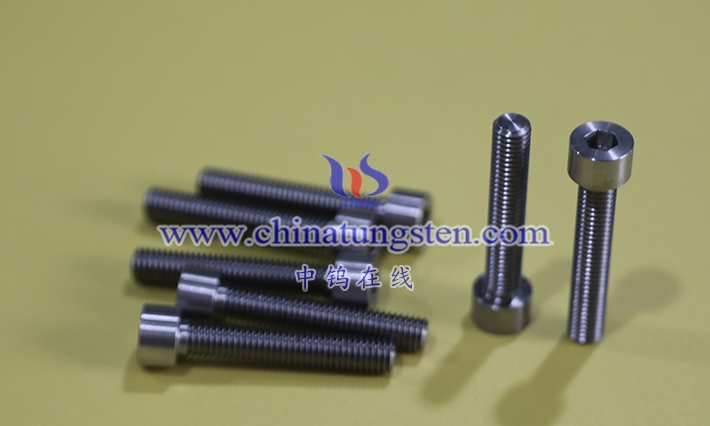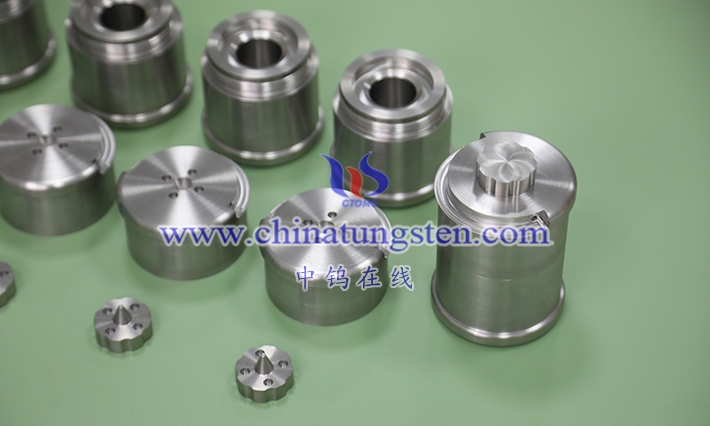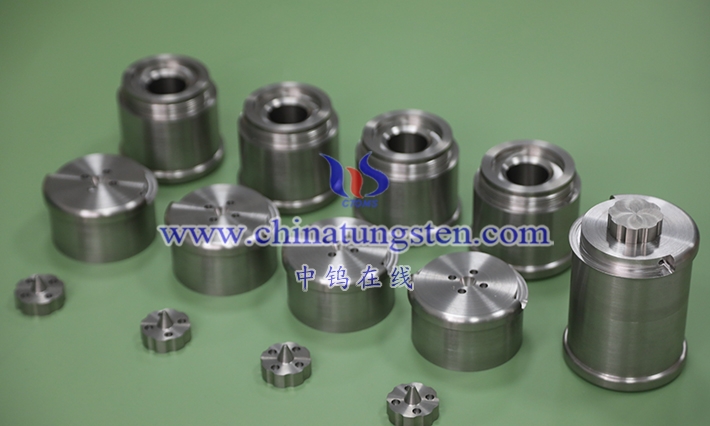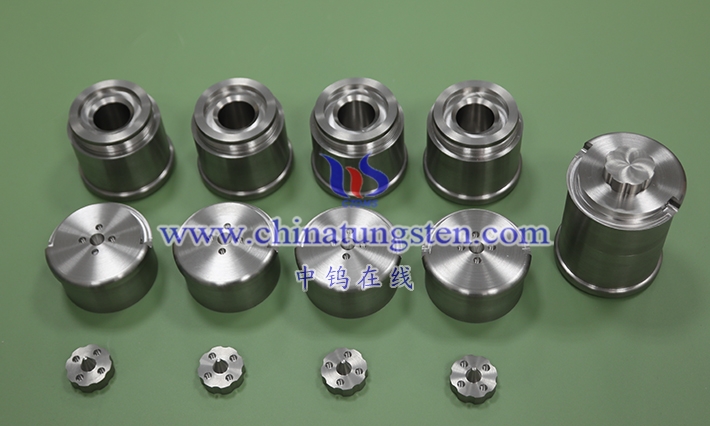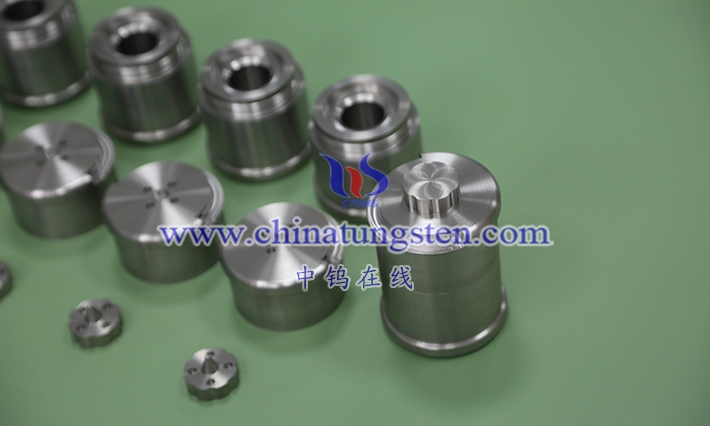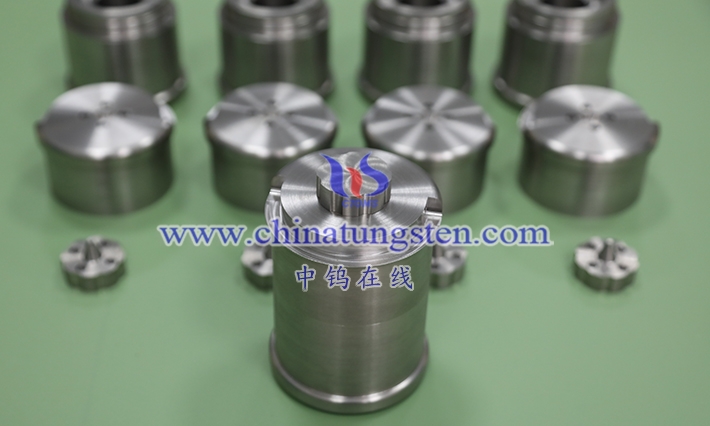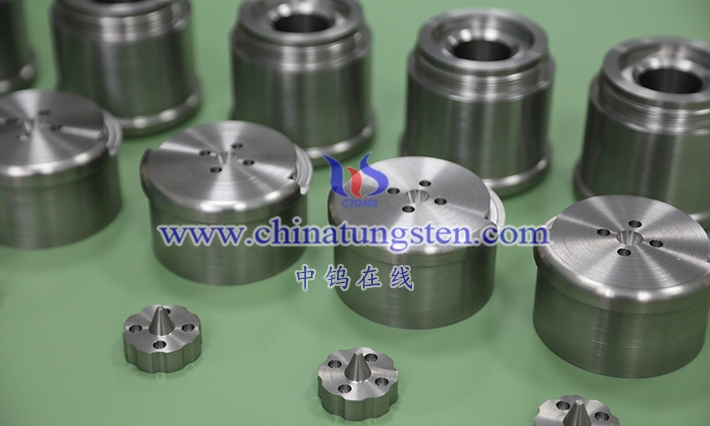What dimensions should the microstructure of tungsten alloy screws be analyzed from? Mainly including grain size and morphology, phase composition and distribution, defect types and density, interface characteristics, and heat treatment effects. First, grain size and morphology dimension: Analyze average tungsten particle size (typically 5-50μm) and shape (round or elliptical), observed via SEM, evaluating uniformity’s impact on strength, small grains enhancing toughness. Second, phase composition and distribution dimension: Examine tungsten phase and matrix phase (like Ni-Fe) ratios and distribution, EDS detecting element distribution, uniform phase distribution improving mechanical properties, avoiding segregation. Third, defect types and density dimension: Identify pores, cracks, and inclusions, quantified via optical microscopy or CT scanning, high defect rates reducing fatigue life. Fourth, interface characteristics dimension: Study bonding strength between tungsten grains and matrix interface, TEM observing interface layer thickness (nm level), strong interfaces enhancing load transfer. Fifth, heat treatment effects dimension: Compare microstructural changes before and after sintering, such as recrystallization leading to grain refinement, analyzing temperature’s impact on phase transformation, improving hardness. Additionally, extend from mechanical performance correlation dimension, like microstructure’s contribution to tensile strength (900-1500MPa) and hardness (HRC 25-35). Integrating these dimensions, microstructural analysis of tungsten alloy screws via powder metallurgy helps optimize manufacturing, ensuring reliability in high-temperature and radiation environments, advancing aerospace and medical applications.
